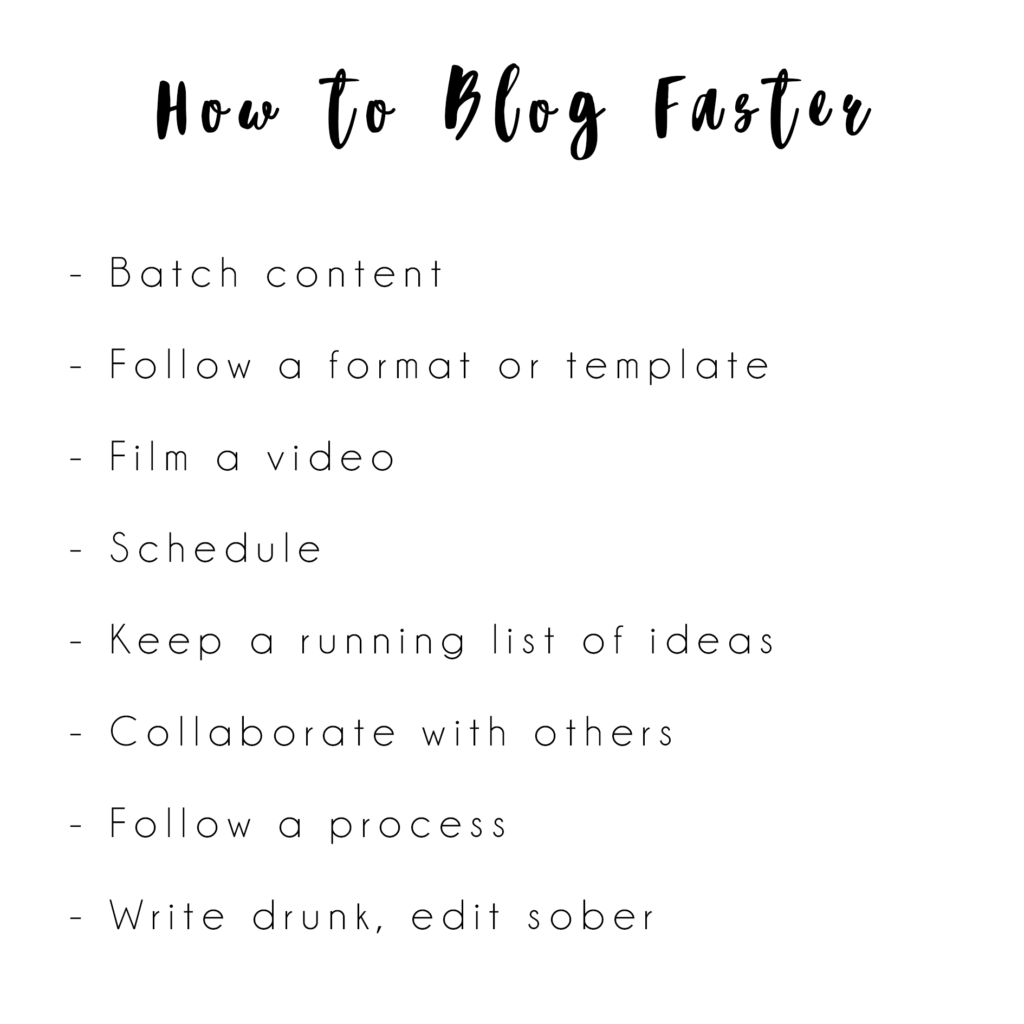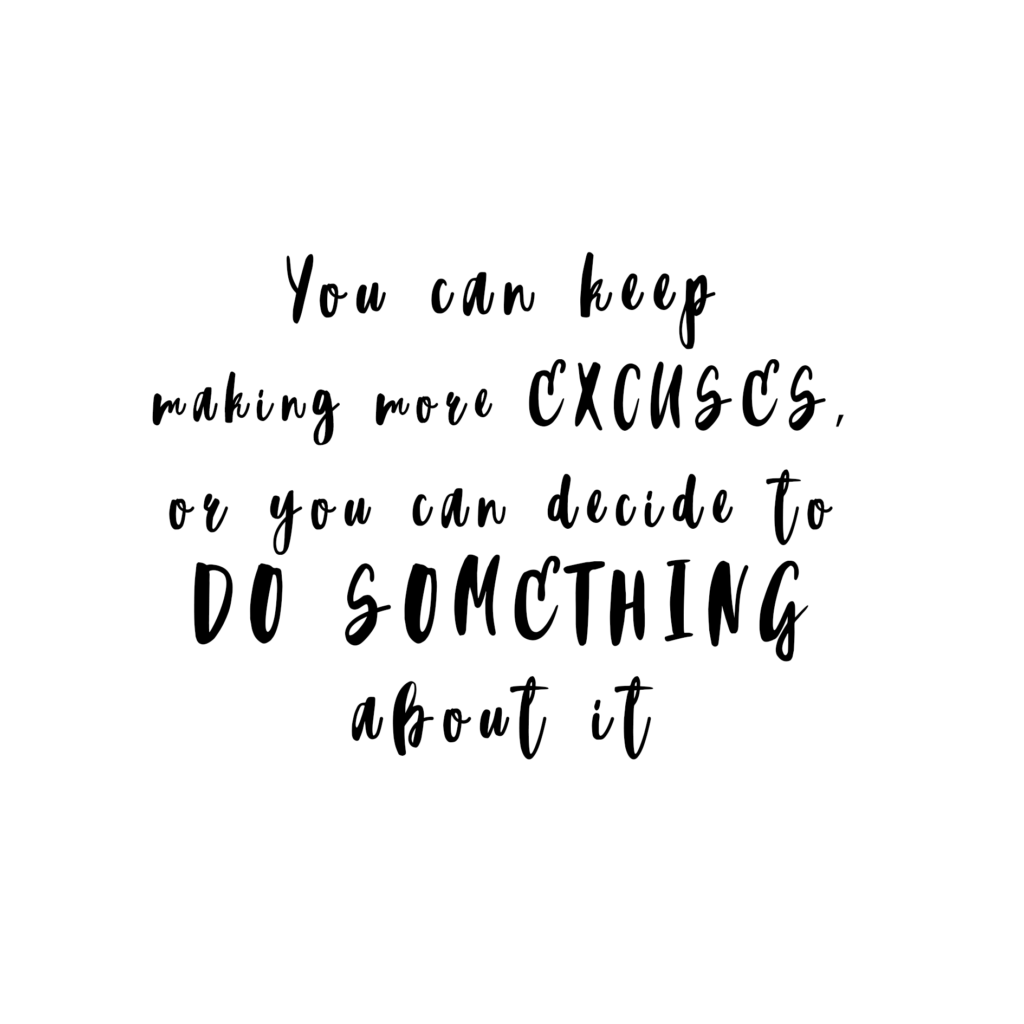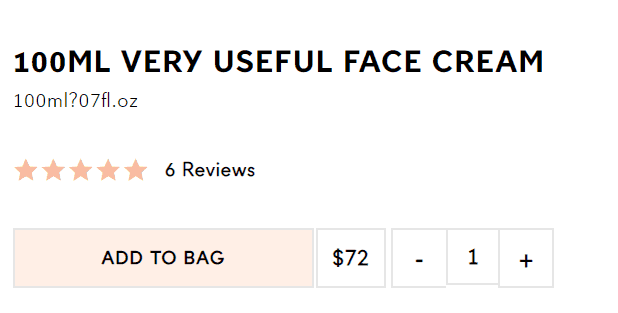There’s this little thing that so many people don’t do with their content or website copy that is SO essential. This little thing could make the difference between...
Yep, I’m talking about…
Calls to action!
In other words… telling people what to do, where to go, and how to get to the next step. When it comes to CTAs, it’s all about taking charge and bossing your people around!
I used to think it was a bit rude - telling people what to do next.
(Unless they're my younger siblings, because when they’re around, I’m the total #BAWSE.)

But with your website or your marketing, isn’t it just more polite to let visitors and users make their own way to where they want to go? I mean, if they want to contact you or buy a product or service, they'll get their eventually, right?
The short answer is no.
When it comes to your online marketing, whether it's your website, a social media post, a blog, or an ad, bossing people around and giving them a “call to action” is actually super polite - and part of giving your customers good service.
Look, I’ll be honest - this isn’t super advanced. It’s pretty basic bananas stuff. But you’d be surprised at how many businesses are missing opportunities and leaving our calls to action when they could make a big difference.
(Even I’m not doing it perfectly on MY site yet.)
Calls to action are 100% worth understanding because using them can massively increase your online conversion rates and profits.
So if you’re not totally confident with your CTAs and think there might be room for improvement, it's worth taking a closer look.
I can still remember when I first started working in marketing and heard the phrase “call to action”. At first, it was all new and a bit confusing. But once I understood the concept, it has stayed with me and been extremely useful for writing and designing content for my business and for my clients.
Calls to action are where you ask or tell people to do something (aka, take action!). Here are some examples of calls to action:
As you can see, a call to action could be a button, a sentence, or a piece of text on a graphic.

Even though it seems really obvious to you that a customer would pick up the phone, email you, make an order, or click a link, it’s not always obvious to them. In fact, they might just look at whatever piece of marketing you put in front of them (whether it’s a brochure, web page, ad, or something else entirely) and think it’s awesome, but not really know what to do next.
A call to action tells them exactly what to do next.
It's more than just marketing... it's good customer service.

Your customer probably isn't stupid. (I'll let you be the judge on that, though ;-).)
But most would prefer to get things done as quickly as possible without using too much brainpower. After all, they're busy, they've already seen 594 pieces of marketing today, and they're pretty keen to move on with their lives. So, it's your job to make sure that they don’t have to think about anything for a second longer than they have to. It's your job to spell out what they need to do next.
It depends on what your goal is from a piece of content or marketing. But as a general rule, you should include a call to action of some kind with every piece of your marketing. Leaving the call to action out will reduce the impact or results of your marketing.
The only time it’s okay to leave out a call to action is when you’re using your marketing or content to simply connect or spread awareness – you’re happy for people to just read/watch and then do nothing except perhaps keep browsing or come back for more later.
Generally, though, a piece of content will logically lead to an action, whether it's liking, commenting, sharing, clicking, downloading, submitting, buying, or even just thinking about something further.



Maybe it’s time to do a quick review of your current marketing and check if your CTAs are logical, intuitive, and effective. Look at your website, blog, social media, print marketing, advertising, and other content. Ask yourself:
What calls to action work well for your business? Would you say that there are ever any times where it is not appropriate to include a CTA? Leave me a comment and let's keep the discussion going!
🙂 Angela